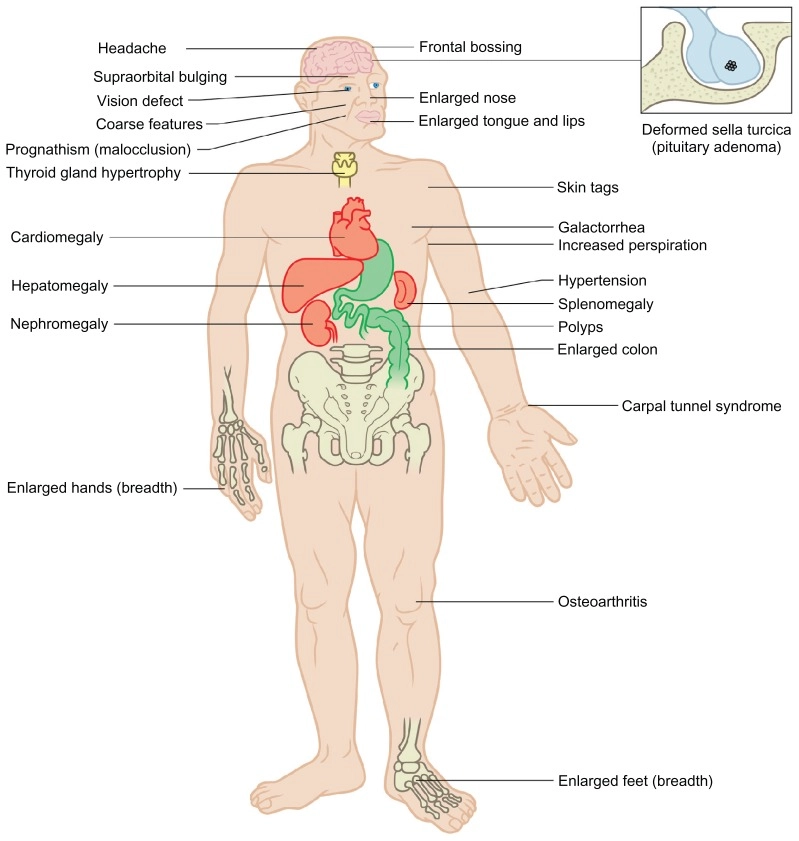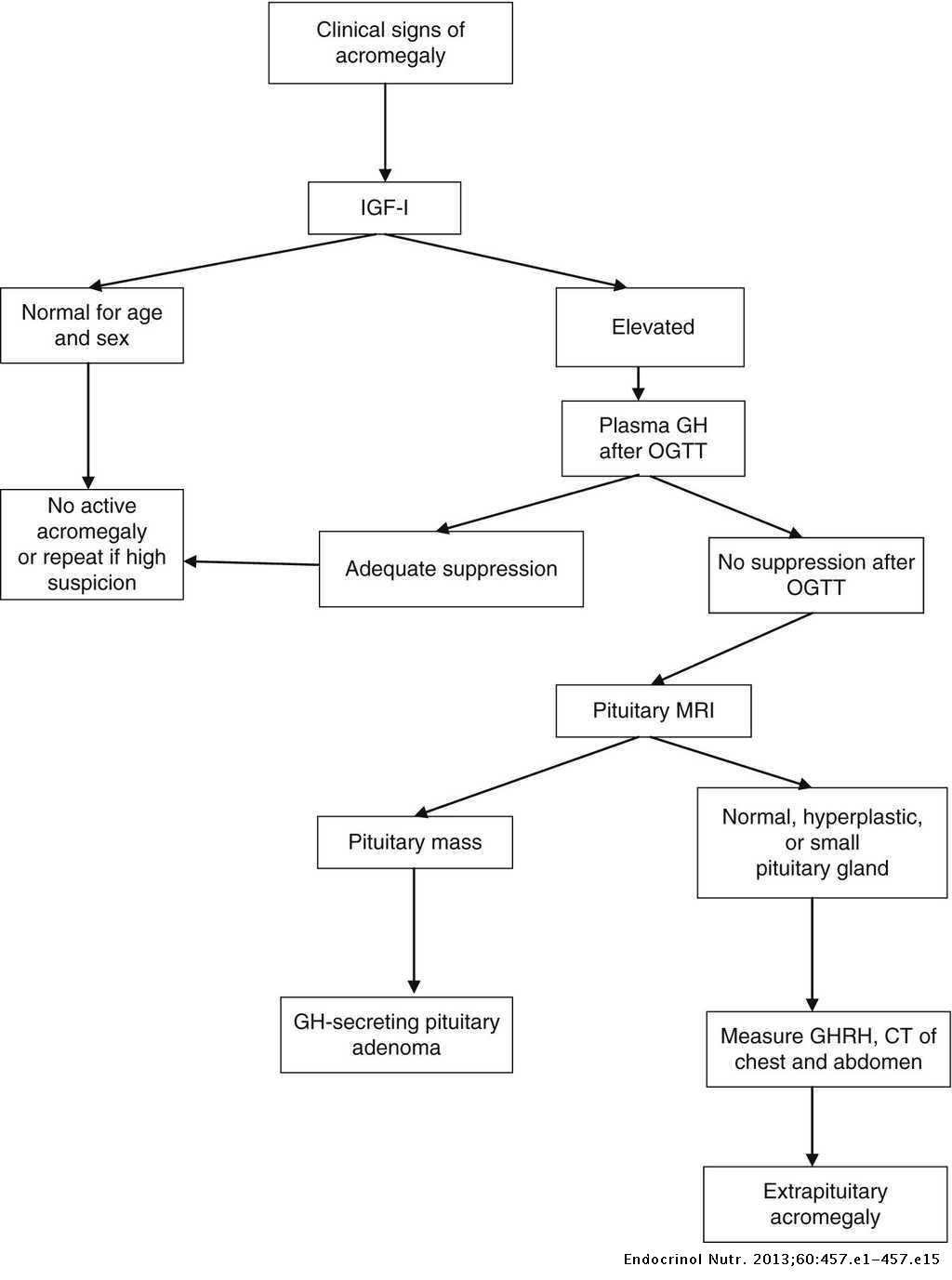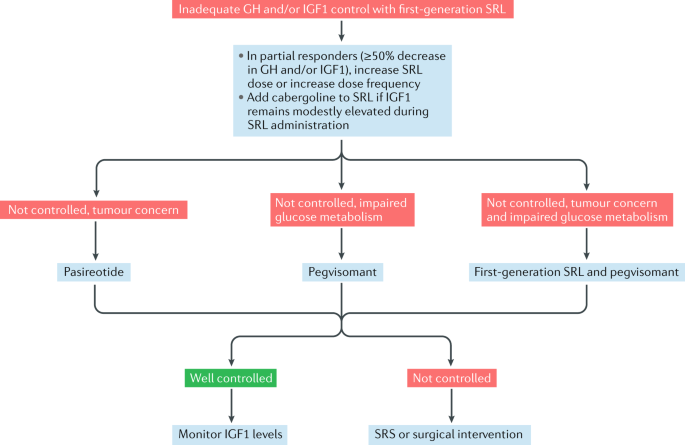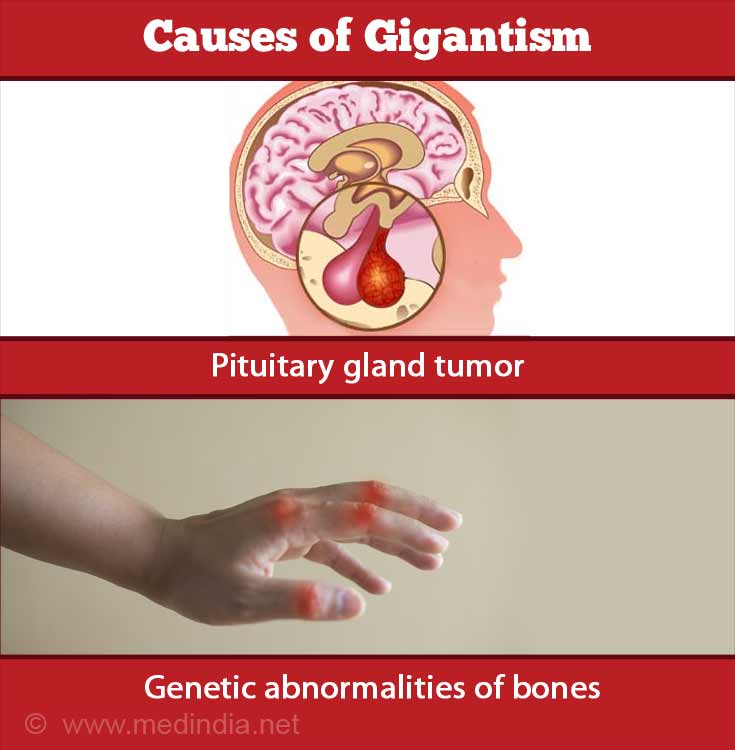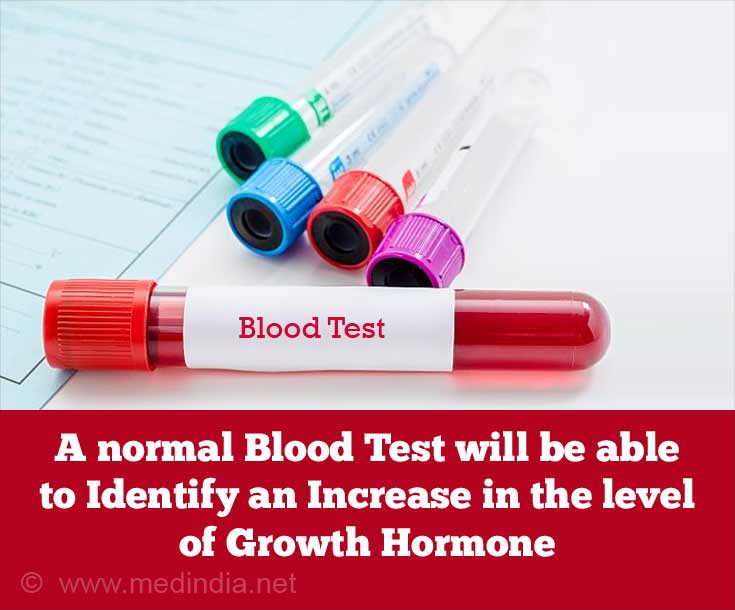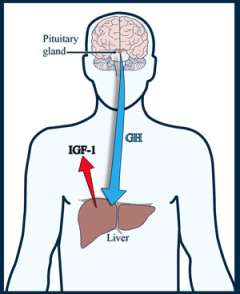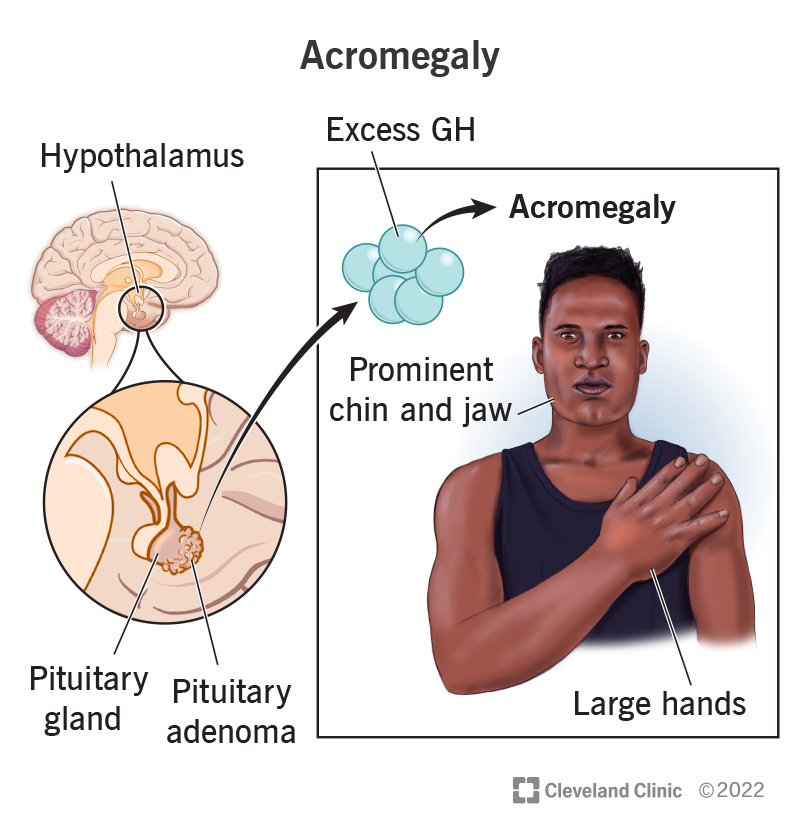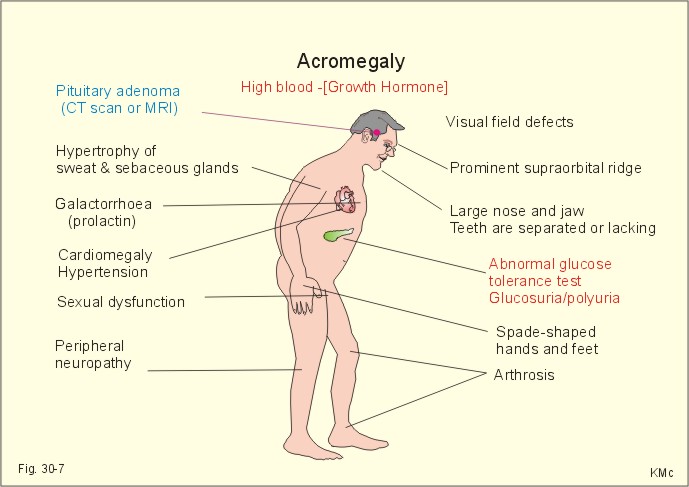Fabulous Info About How To Diagnose Gigantism
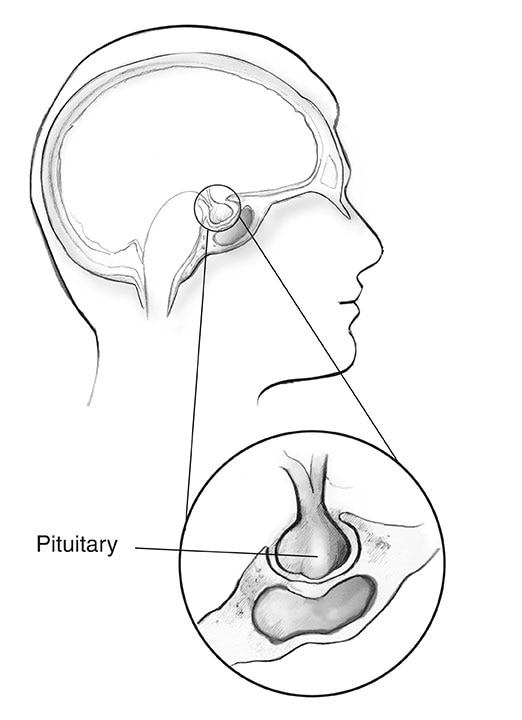
A pituitary gland tumor is almost always the cause of gigantism.
How to diagnose gigantism. Your doctor may order an oral glucose tolerance test (ogtt) to confirm the. Your doctor might also check other hormones, like cortisol and. If your child’s healthcare provider suspects they have gigantism, they may order the following tests to help diagnose the condition:
Gigantism symptoms, abnormally tall stature, abnormal growth of the face, hands and feet, thickened facial features, irregular menstrual cycle, excessive perspiration with slight activity,. As gigantism is a rare condition, diagnosis can be difficult. If the blood tests indicate gigantism, an mri scan of the brain may be advised.
Talk to a doctor to learn if any imaging studies are suggested to diagnose or manage this disease. During the visit, the doctor will conduct a though physical exam, whilst ask details regarding the symptoms of the child. Acromegaly and gigantism are due to.
The scan will help to pinpoint the exact location of the tumor and its size. Therefore, doctors may suggest specific. Tests to diagnose gigantism include:
It makes hormones that control many functions in your body. In addition to the echocardiogram and ecg, patients with gigantism will need doppler of the peripheral arteries and veins. Some of the most important types of nonfamilial tall stature are discussed by stressing the clinical features, diagnostic aspects and therapeutic possibilities.
